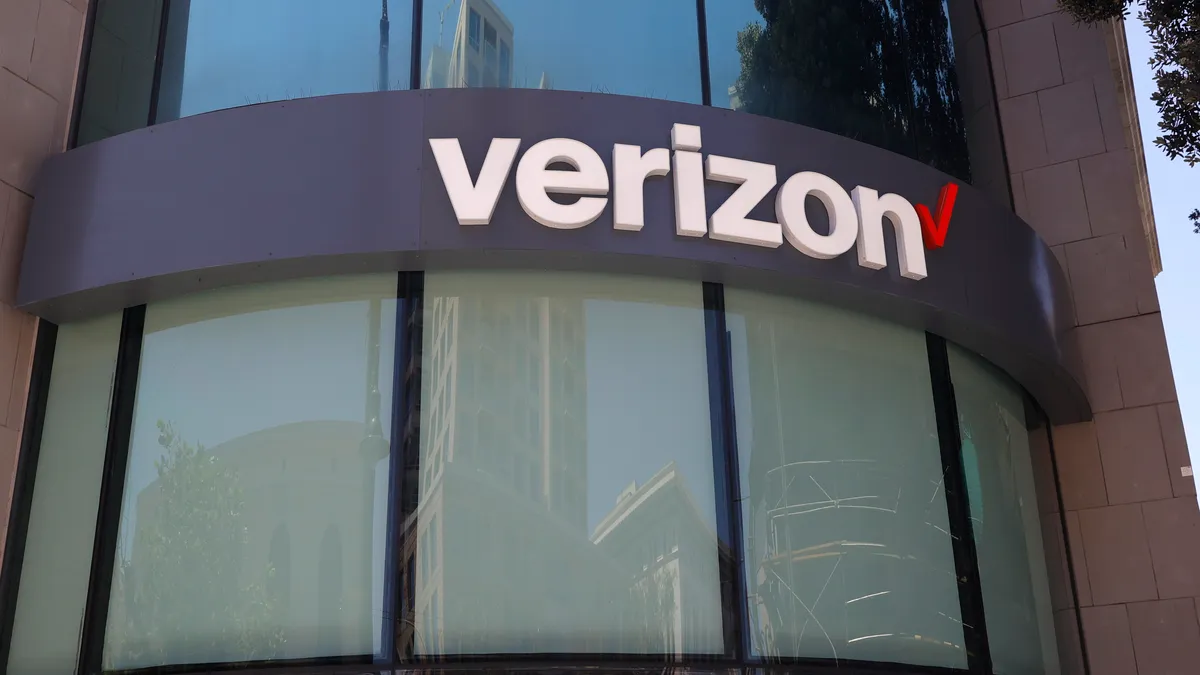Your employee handbook is clear: Employees must call a specific phone number by a certain time if they plan to miss work — period. But does this also apply to employees on leave protected by the Family and Medical Leave Act (FMLA)?
Employers are understandably concerned about infringing upon employees’ rights, but they also need to maintain staffing levels and deter potential leave abuse.
Consistently-enforced policies
Luckily for employers, FMLA rules actually consider this situation. "One of the most employer-friendly changes to the FMLA regulations over the years is the requirement that an employee is obligated to follow the employer’s usual and customary call-in procedures for reporting an FMLA absence," Jeff Nowak, partner at Franczek Radelet P.C., told HR Dive. There is, however, an exception for unusual circumstances, he noted; this could include, for example, an emergency that prevented the employee from calling in.
Another expert, Terri Rhodes, CEO of the Disability Management Employer Coalition, concurs: “If an employer has a call-in procedure for employee absences, employees must follow those procedures," she said. But they must be enforced and consistently applied to all absences, absent any unusual circumstances, she cautioned.
This means that "all employers should maintain a call-in policy that, at a minimum, specifies when the employee should report any absence (e.g., ‘one hour before your shift’), to whom they should report the absence, and what the content of the call off should be," said Nowak, also author of the blog FMLA Insights. And if you don't have one, adopt one immediately, he added. "They help the employer better administer FMLA leave, combat FMLA abuse and help address staffing issues at the earliest time possible."
Intermittent leave challenges
Employers continue to cite managing intermittent leave as the most challenging FMLA implementation activity.
When employees use their FMLA allotment in this way, employers often find themselves tracking small leave increments and scrambling to address the scheduling and coverage issues that can arise. Its unpredictable nature also may implicate your call-in procedures.
Typically, employers can still enforce these procedures for intermittent leaves of absence, Rhodes said. But what qualifies as an unusual circumstance that might require an employer to forgive the policy breach? First, if the leave is unforseeable, employees only need to inform the employer "as soon as practicable under the facts and circumstances of the particular case," according to the U.S. Department of Labor's FMLA regulations. For example, "if an employee requires emergency medical treatment, he or she would not be required to follow the call-in procedure until his or her condition is stabilized and he or she has access to, and is able to use, a phone," the regulations say.
And if an individual has multiple intermittent leave types, employers can require than an employee "specify which approved leave the absence applies to," Rhodes said. "The key here is that the call-in procedure be applied consistently, and it is best to have a written policy that covers each leave type.” For example, Rhodes said, if an employee has an approved intermittent leave for care of a parent, child and self, the employee should identify which leave the absence applies to when calling in that absence.
Best practices
When it comes to call-in policy enforcement, a DOL official told HR Dive that manager training and open communication are key. Additionally, employers can look to the agency's "Employer’s Guide to the FMLA" for assistance, and might also consider offering its "FMLA Employee Guide" to workers.
But there also some more specific best practices employers can adopt, especially if the goal is curb leave abuse. “FMLA abuse is alive and well, whether it’s Monday, Friday, or any day in between,” according to Nowak. “By its very nature, intermittent FMLA leave is prone to abuse because it can be taken sporadically in small increments and at a moment’s notice. However, employers have a number of tools available to them to fight FMLA abuse.”
Nowak recommends the following:
1. Require employees to complete a written leave request form for all absences. Although an employer cannot deny FMLA leave if the employee provides verbal notice of the need for FMLA leave and articulates an unusual circumstance as to why he or she could not follow proper procedures, requiring the employee to put a leave request in writing and return it to human resources tends to deter gaming of the system.
2. Prepare a list of probative questions the employer asks of all employees when they ask for time off. Employers have the right to obtain information from the employee about the need for leave, not only to determine whether FMLA applies, but to test whether the reasons given are truthful. Employers have the right to know the reason for the absence — and, when an employee fails to follow the call-in policy, the reason why.
3. Enforce call-in procedures. Employers typically may deny FMLA leave (and potentially discipline the employee) if the employee fails to follow customary call-in procedures, absent an unusual circumstance. Denying leave in this instance can be a powerful tool to combat abuse.
In addition, Rhodes suggests requiring employees to speak to a live person. But, “if employees are allowed to text absence notices to the supervisor or HR, be clear in the process and make sure employees understand who and when the supervisor must be notified,” she said.
4. Certify … and recertify. One of the best tools to fight FMLA abuse is the use of medical certification at various intervals — initially to verify the serious health condition, every new leave year and every time the reason for leave changes or the employee requests an extension. Employers should require recertification at regular intervals, if the frequency or duration of the absences changes significantly, if there is a pattern of suspicious absences or if the employer receives information that casts doubt on the reason for leave.
5. Seek second opinions if you have reason to doubt the certification. In limited situations, employers have the right to require that the employee be examined by a second physician to confirm that the employee has a serious health condition and requires FMLA leave.
6. Ask the employee’s health care provider to comment on patterns of suspected abuse. A little-used regulation allows employers to send a letter to the employee’s health care provider commenting on suspicious patterns of FMLA use and inquiring whether the leave is consistent with an employee’s serious health condition and the need for FMLA leave. This approach can be particularly effective where Monday/Friday absences are prevalent, or where an employee uses FMLA leave in conjunction with a holiday or regular day off.




















